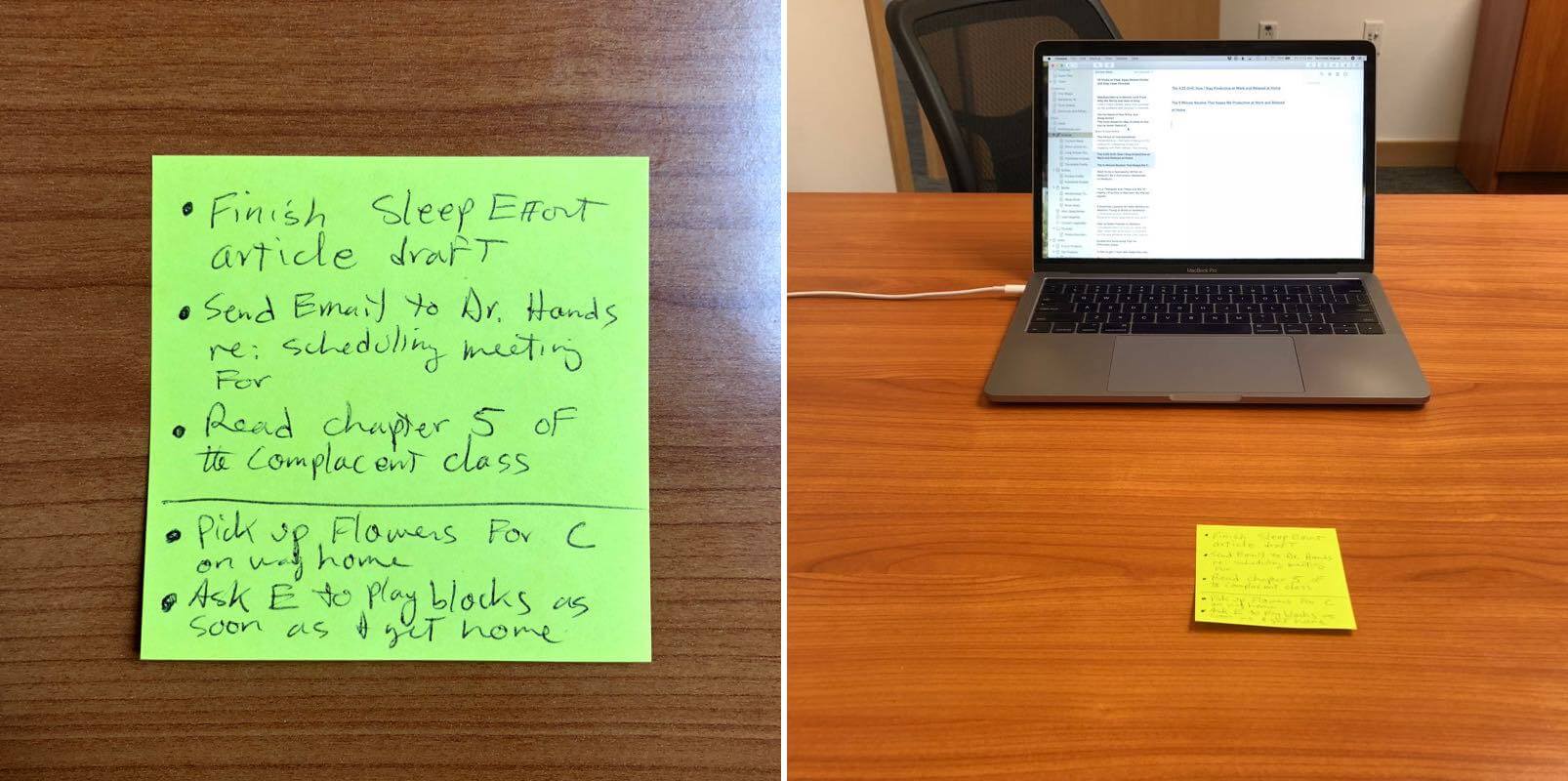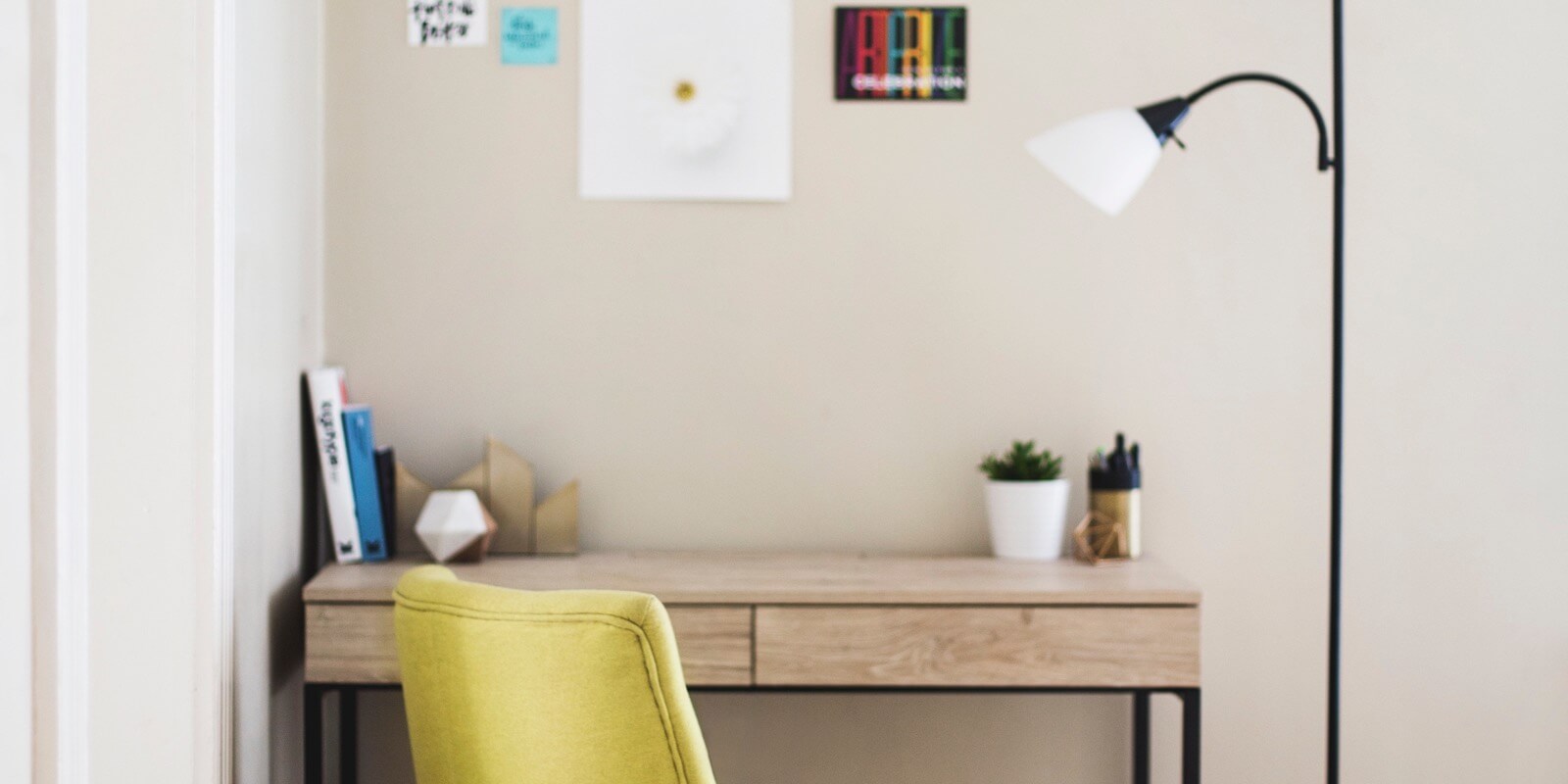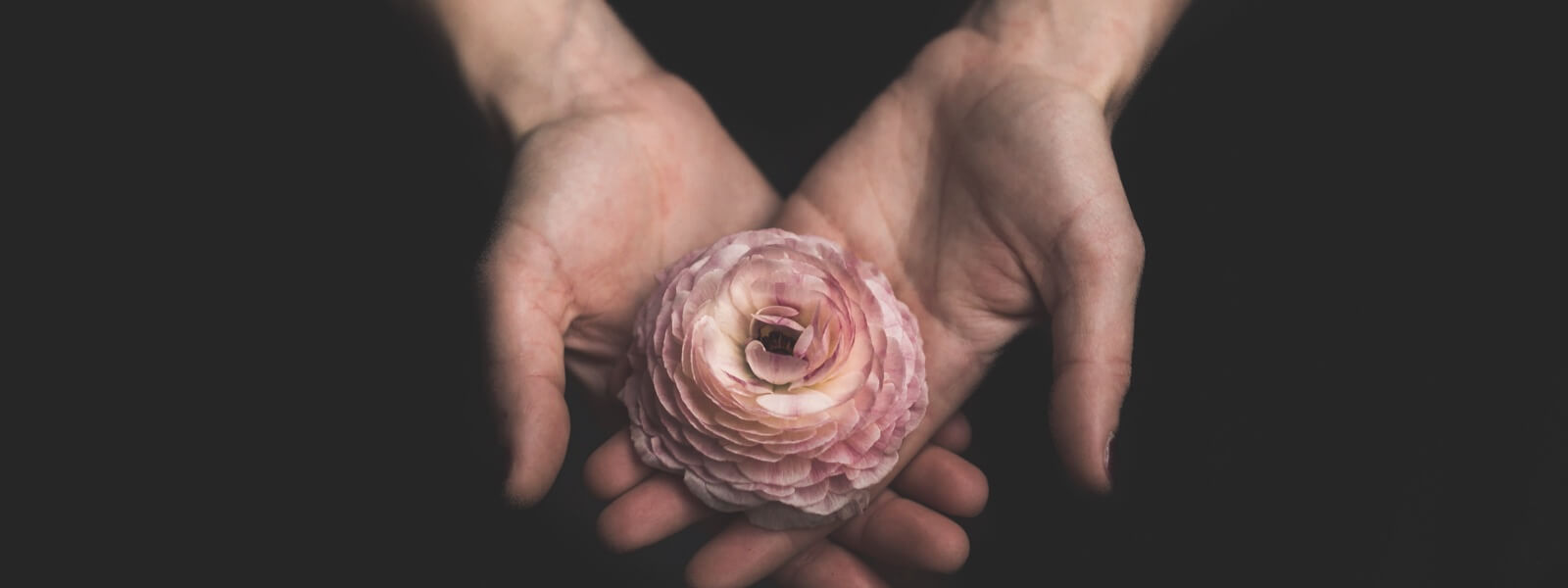When you work hard, work hard. When you’re done, be done. —Cal Newport, Deep Work
I can have a really hard time shutting off my “work brain” when I get home in the evening. I walk through the door, play with the kids, chat with my wife, but sometimes my mind is still working on stuff—rehashing a difficult session with a client, rephrasing the title of tomorrow’s blog post, playing out an imaginary argument with the author of a book I just read, etc…
When you spend most of your day in high gear, it can be hard to ‘downshift’ and relax.
One huge downside of being stuck in “work brain” is it makes it hard to be genuinely present and engaged with my family. It’s a mini-heartbreak when my daughter says, “Dad, put down your phone and come watch me swing.”
Another downside to not being able to shut off work brain is that I don’t get to genuinely relax and unwind in the evenings. Ironically, this makes it harder to function in top gear the next day at work. As decades of research on The Zeigarnik Effect has shown, the mind keeps working on interrupted and unfinished tasks unless we intentionally close them.
But last year, after reading Cal Newport’s Deep Work, I stumbled upon a little routine that’s made it much easier for me to work hard at work and relax hard at home.
I call it The 4:55 Drill. It’s a simple ‘shut down’ routine that helps me stay productive in my work and present at home by creating clearer boundaries between the two worlds.
How I Stay Productive and Relaxed with The 4:55 Drill

Most days I’m done with work by 4:50 pm. And I try to leave work by 5:00 so that I can be home by 5:30. Thankfully, 10 minutes is more than enough time to shut down from the day’s work and shift mentally out of work mode and into home mode.
Here’s how it works:
STEP 1: De-clutter My Desk.
A cluttered desk makes it hard to leave work in the evenings and even harder to get started the next morning. I always try to completely clear my desk at the end of each day so that there’s almost nothing on the surface of my desk. Everything is either put in drawers or filed away. Even if I know I’ll need a piece of paper or book the next day, I put it away for the evening.
This does two things: First, it cues my brain that work is over and that it’s time to shift out of work mode. Second, having piles of stuff on my desk in the morning makes it harder to get right to work. It’s harder to procrastinate when there are zero visible things to procrastinate on.
Bonus: Aesthetically I just find it incredibly pleasing to have a totally bare desk. But that’s just the minimalist in me; you’re mileage may vary.
STEP 2: Review Emails and Texts.
This step is super quick. I simply scan my email inbox and recent text messages to make sure I haven’t missed anything urgent that needs immediate action before I leave work. Even if I’m 99.9% sure there isn’t anything to do, the act itself of reviewing my inbox and messages is, again, a cue to my brain that I’m closing the email/text loop. This means my brain will be less likely to interrupt me with them later in the evening.
STEP 3: Review Weekly To-Dos.
As a part of my To-Do/Organizational system, I keep a weekly list of all the tasks and projects I’m working on for a given week. I briefly scan this and decide if there’s anything on it that I want/need to work on the next day. In addition to making sure that I’m on track for my weekly goals, this also helps my brain relax by seeing that I’m aware of my longer-term to-dos and that I’m making progress on them. Again, I’m intentionally giving my brain less of a reason to interrupt be after work.
STEP 4: Set My Top 3 Priorities for Tomorrow.
Based on my inbox/text scan and my review of weekly to-dos (plus anything else in mind), I peel off a sticky note, stick in on my desk in front of my computer, and jot down the three most important things I want to get done the next day. I write them as short bulleted action items then draw a line under them.
STEP 5: Set My Evening Intention for the Evening.
For a long time, the 4:55 drill ended at Step 4. But more recently I started including a final step that I’ve found really useful. I call it Setting an Evening Intention.
While the first four steps are about ending my current workday and making it easier to get started working the next morning, the final step is about making it easier to be present and relaxed at home.
So, underneath my three next-day work priorities, I write down one small intention I have for my evening. For example, it might be:
- Stop by Trader Joe’s and get flowers for C. Or
- Bounce on the bed with the girls first thing when I get home. Or
- Be really intentional about listening (NO ADVICE!) to C at dinner, since I know she’s had a stressful day.
Just like being intentional with my work priorities helps be to focus be productive, being intentional with my home priorities helps be present and engaged with my family.
Summary and Takeaways
The key to being productive at work and relaxed at home is to create routines that help you set good boundaries between those two places. The best routine I’ve found to do this is The 4:55 Drill. By spending the last five minutes of my workday ‘shutting down’ my current workday, organizing the next, and setting an intention for my evenings, I’m able to be more intentional and engaged both at work and at home. It’s a win-win in 5 minutes.
How to Do It: At 4:55 (or a few minutes before you leave work), take some time to jot down the three most important things you want to accomplish the next day, as well as one small intention for how you’d like to spend your evening. Rinse and repeat.





2 Comments
Add YoursBeautiful. Just what I needed. ☺️
🙂